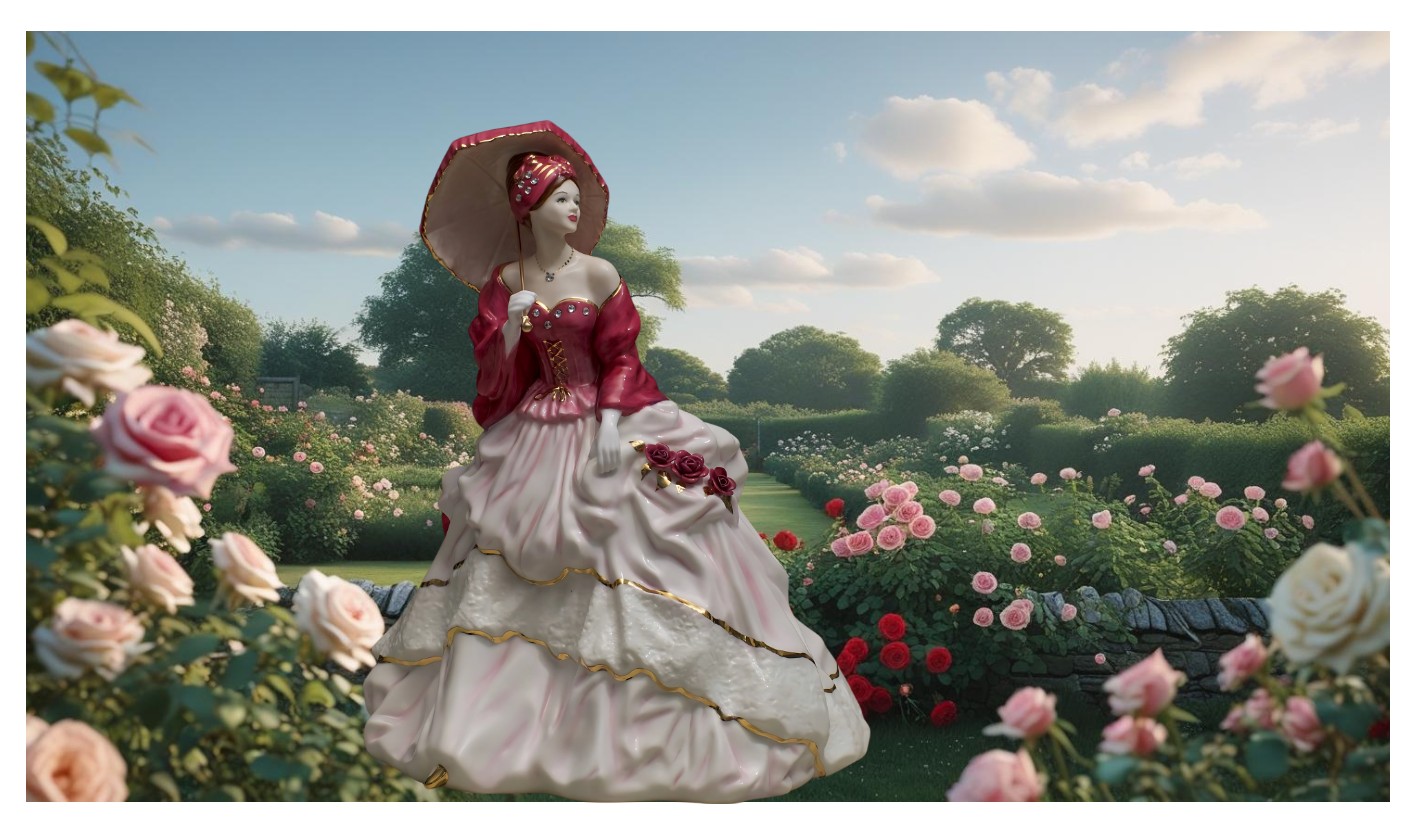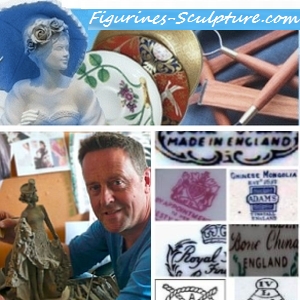- Home
- Collecting & Sculpting
How is Bone China Made? - The Collecting & Sculpting Section
Collectors and sculptors will love this hub which explains how is bone china made.
By Peter Holland, Master Ceramic Sculptor | Updated December 2025Introduction
How is bone china made? Welcome to the heart of my craft.
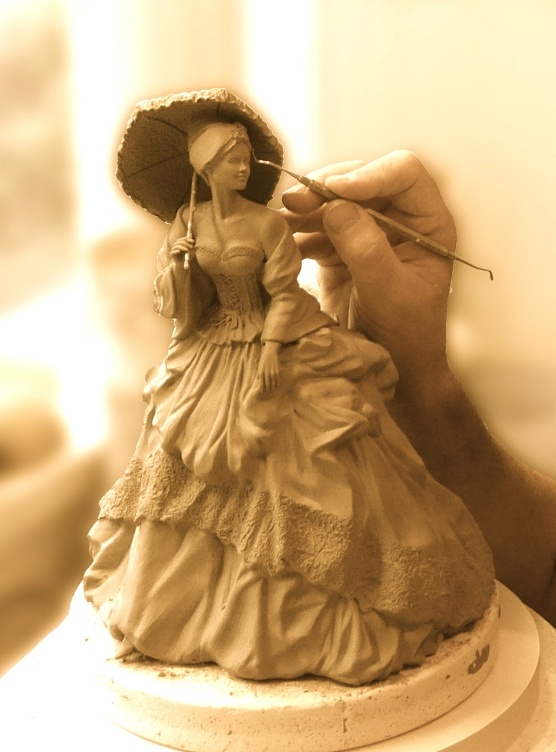
As a master sculptor, specialising in this very English medium, I can tell you that understanding the journey of how bone china is made, is not just about knowing a process, it is about appreciating the artistry that goes into every piece. I mean, not just my part in that process, but the whole beautifully complex journey from start to finish.
It's quite some journey, trust me. So many skilled people along the way.
This material is the direct embodiment of my work and my passion. Its unique properties are what makes bone china pieces timeless classics.
I want to walk you through the very essence of how it is brought to life.
📋 Page Contents
More Than Just Porcelain: The Raw Materials
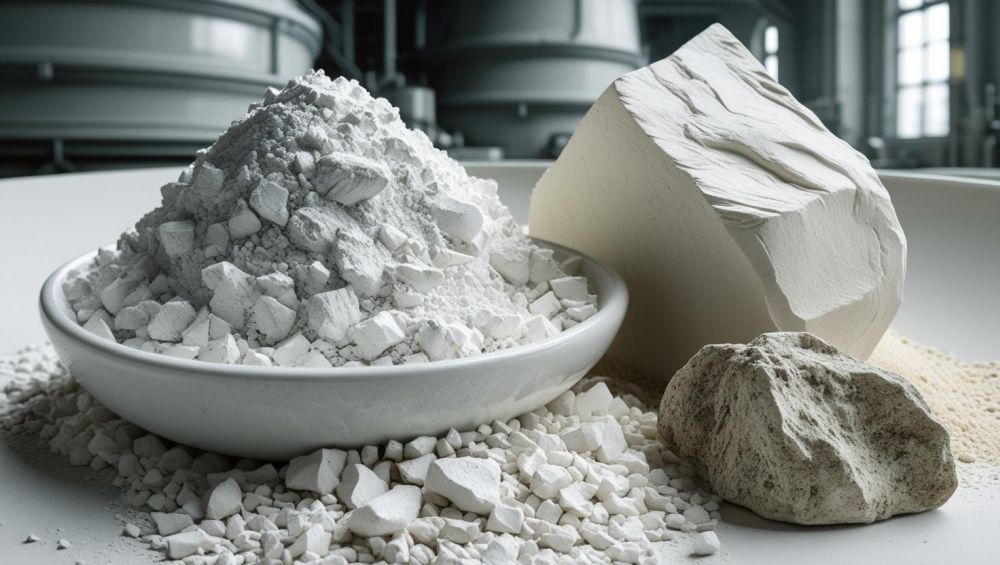 Bone China - More Than Just Porcelain: The Raw Materials
Bone China - More Than Just Porcelain: The Raw MaterialsThe creation of fine bone china begins with a meticulous blend of raw materials. It was originally, the English's attempt to make the secret Chinese recipe of porcelain in the 18th Century. Once perfected (c.1799 by Spode), it became highly guarded and secretive itself.
It is a precise, very English, formula that has been refined over centuries. At its core, the mixture for bone china is about 50% bone ash, with the rest made up of kaolin, feldspar, and other minerals (for people wanting a more technical breakdown, go to this researchgate.net article). The bone ash, typically sourced from cattle, is what gives bone china its unique translucency, milky-white colour, and exceptional strength.
How bone china is made, is a significant departure from other ceramics. For instance, have you ever wondered about the difference between a delicate bone china teacup and a porcelain plate? While they may look similar, their composition is quite different and they emerged from different locations in the world under different circumstances.
If you'd like to understand exactly what is porcelain (as distinct from bone china) and its history, and what is porcelain made of, and the difference between it and bone china, you can explore it in detail. For a side-by-side look at the two materials, we've created a direct comparison of bone china vs porcelain. This will help you appreciate the nuances that a fine china artisan sees every day. I delve into the intricate process of creating this material on my dedicated page: How Do You Make Porcelain?
The Sculptor's Hands: Shaping the Vision
Now see how the magic unfolds:-
The Sculpt:
As a sculptor, this is where I connect with the material. I use a clay called 'Potclays 1150' to create the initial form, going from initial roughed out flourishes to gradually applying of the finer details. The gentle curve of a crease or the expressive lines of a hand, that are sculpted in an inexplicable progression of luck, trial and error and personal insights. This is the stage where a piece moves from a blueprint to a work of art - from ideas to the physical.
The Art of Clay Sculpting page is how we go about from the first idea, to a first prototype or rough - the first step in this journey. The finishing and finessing required for a bone china factory is both taxing and interesting to both collectors and sculptors and is explained in the Clay Sculpture Detailing and Finessing section. Then I show how I go from start to finish on a one project all the way through from go from rough to finished commission here - Master Sculpture Creation for Factory Production. And, of course many people are curious about the tools and clay I use, so this has a stand alone page here - Tools for Clay Sculpting - Basic to Advanced
The time honoured clay sculpting process is something I’m passionate about sharing. For collectors, understanding this intricate process adds a deeper layer of appreciation for the final piece. It is fascinating (for me too) to relate how a piece of artwork gets its soul. For fellow sculptors it is always fascinating to see how different mediums are utilised. Those wanting toe make a start, I recommend going offline for once and checking out the great people in actual sculpting supply stores. Not only do they have everything you need to progress, but the guys who work there are a mine of information. I didn't go to art college - that was my university - talking and networking with real people. Go to my directory page here for your sculpting supply retailers.
In essence, we, in UK bone china production, use our hands and artistic 'leanings' to create the initial master form that the factories can form into a limited edition art form in bone china.
How does that process start?
The Blockers:
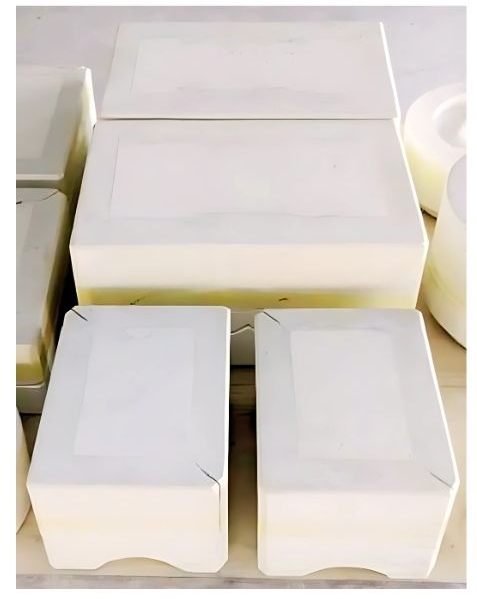
From this point, the making of bone china becomes an extraordinary collaboration of specialists. Skilled artisans, known as master mould blockers, take the finished sculpture and craft the intricate plaster master moulds with absolute precision. Some figurines require as many as 20 separate mould sections. Most people do not appreciate how bone china is made in such a difficult and complex way. The complexity hidden within a bone china figurine would astonish most collectors, what appears delicate and effortless required brutal technical precision at every stage.
These master moulds are then used to create working moulds, which can be replaced regularly as they naturally wear down during production. Inside the factory, the collection of moulds for a single figurine looks like a collection of white bricks. Into each section, liquid bone china clay, called slip, is then carefully poured.
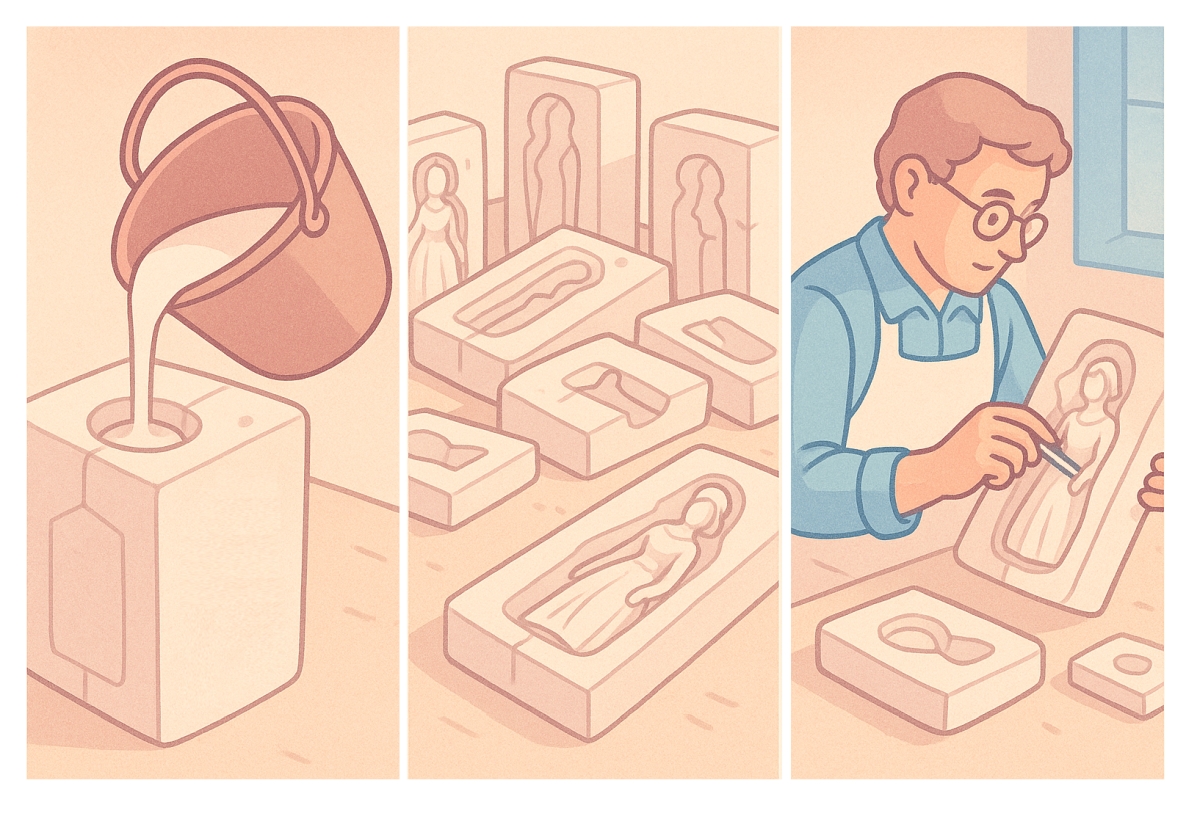
The Slip-Casters:
Bone china first appears in this process as the raw ingredients (mentioned above) are mixed with water to form a liquid clay called "slip." After a short time, the moulds are opened to reveal the freshly cast figurine parts. These delicate pieces are then joined together by highly skilled hands in a process known as stick-up assembly, producing a perfect reproduction of the original sculpt.
To fully appreciate this artistry, you must understand the making of bone china figurines, where every detail is a mark of the artist's skill.
Whether you're curious about traditional methods or even the more accessible process of how to make cold porcelain clay at home, for collectors, understanding this process adds a layer of appreciation for the final piece, especially for treasured items like collectible figurines, where the artist's individual touch is so apparent.
The Greenware Assembly:
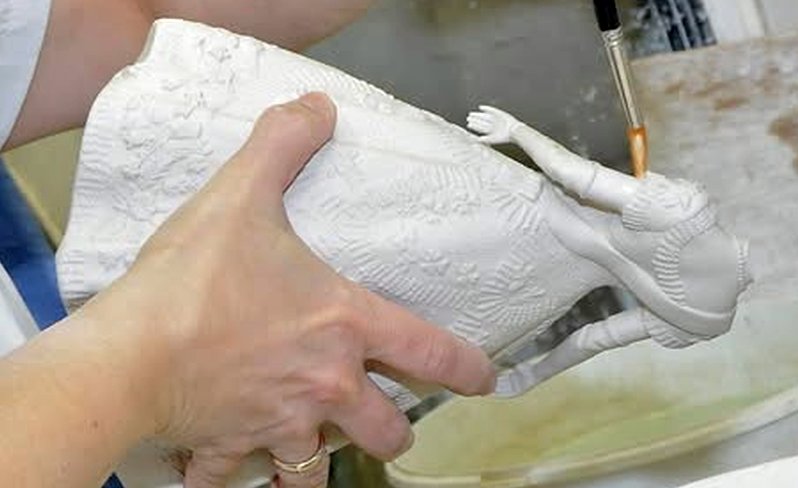 Bone china 'stick-up' - greenware pieces being assembled to re-form the original figurine
Bone china 'stick-up' - greenware pieces being assembled to re-form the original figurineAfter stick-up assembly, the pieces, now called "greenware," undergo their first firing in a kiln at a high temperature. This transforms the soft clay into a durable, unglazed ceramic. It’s a nerve-wracking stage, as a significant number of pieces can crack or deform under the extreme heat. The next step is applying a glaze, a thin, glassy coating that gives the china its signature glossy finish. A second, lower-temperature firing then fuses the glaze to the body, making the piece impervious to liquids and giving it a brilliant shine.
This process is a testament to both the strength of the material and the skill of the artist.
The Fire: A Test of Strength and Elegance
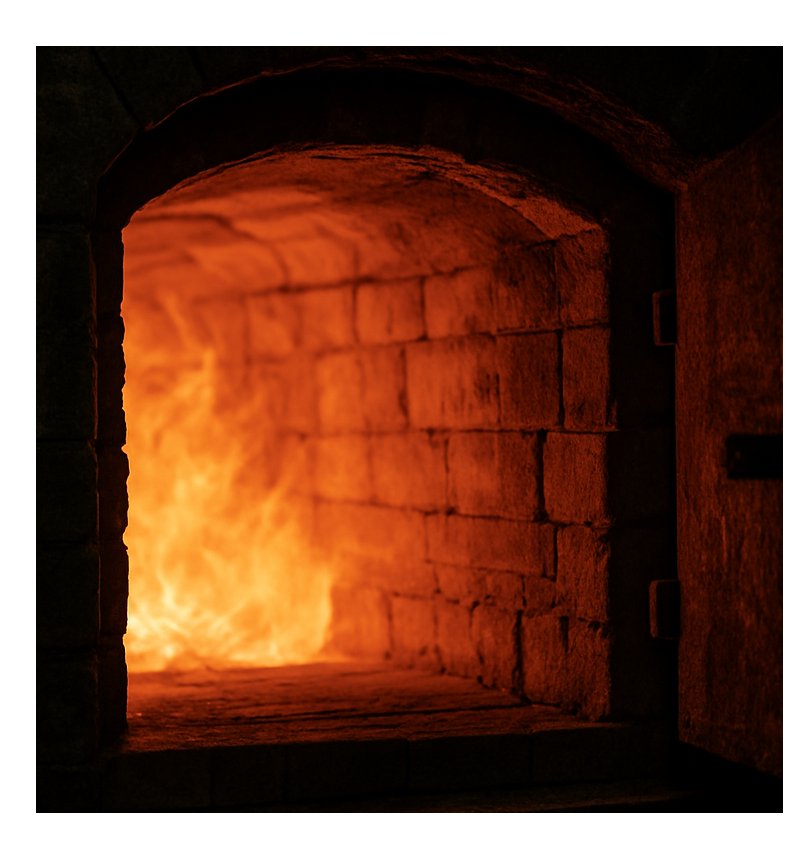
Here's how Roger Green (former production manager at Royal Worcester) describes the firing sequences of bone china: He talks about the various complex kiln firings:-
"Ah, now this is where the question 'how is bone china made' gets really interesting! Let me walk you through the sequence, because it's quite different from what you might expect. The bone china process is actually backwards from regular pottery; we fire high first, then glaze at lower temperatures".
Here's how Roger says it works for figurines specifically:
The Glazing Timeline:
"First, your figurine gets its high-temperature bisque firing—around 2200-2300°F. Then comes the glazing stage, where we spray on that beautiful glossy coat. After glazing, we fire again but at a much lower temperature—around 1800-2000°F—which melts the glaze into that signature bone china shine.
"You know, when we're adding those beautiful decorative touches, the hand-painted enamels or that gorgeous gold gilding you see on fine pieces, we have to be quite careful about the firing process. Each decorative layer needs its own gentle firing at much lower temperatures, around 760°C to 950°C, to properly fuse onto that already-glazed surface. It's a delicate dance, really; too hot and you'll ruin hours of painstaking work. Now, I'll tell you a trade secret: sometimes we can get clever with our techniques. If we're working with certain compatible materials or using pre-fired elements that we've prepared beforehand, we might be able to combine some decorative steps into a single firing. It all comes down to understanding how different materials behave together in the kiln—that's where years of experience really pay off. But honestly, most of the time we take the safer route with separate firings. Better to spend the extra time than risk losing a piece that's taken days to create."
The Factory's Finishing Touches: The Art of Detail
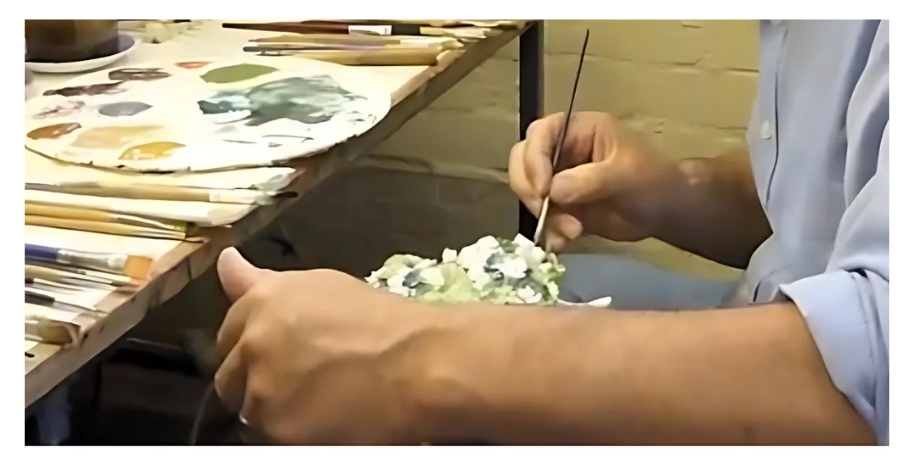 The bone china painter decorates one of Peter Holland's pieces
The bone china painter decorates one of Peter Holland's piecesOnce fired, the china is ready for its final adornments. This is the stage where artists add their own highly skilled hand-painted designs, the gilding, and the all-important backstamps. Each mark tells a story, each studio artist decorator can become known and collected in their own right.
Here's Roger Green again, describing the decorating process for bone china - this gives a true expert's take on the question 'how is bone china made?':-
"Now, for decoration, we have three main approaches:
Underglaze work:
This is painted directly onto the raw bisque-fired body before glazing. The glaze goes over it, and everything gets fired together in one go. Bone china glazing problems - Clay and Glaze Chemistry - Ceramic Arts Daily Community It's protected under that glossy layer forever.
Overglaze decoration:
This includes your hand-painted enamels, gold trim, and most decals.
Decals:
Also known as transfer prints, typically go on top of the glazed surface and get fired at 700-850°C. they sit right on that shiny surface.
In-glaze techniques:
These are special materials that actually melt into the glaze layer during firing.
For collectors, the key thing to remember is that most of what you see—those beautiful decals, gold gilding, painted flowers, they're sitting on top of the glaze, not under it. That's why you need to be gentle with them. The underglaze work, though? That's bulletproof—it's sealed under glass, essentially".
The final product is a piece of art that is both delicate and incredibly strong.
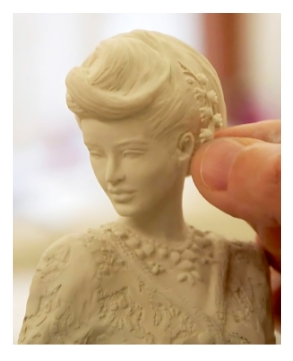
So, how is bone china made? Answer: with difficulty. It is an expensive procedure for sure. The elegance of a finished piece of fine bone china is the direct result of this painstaking process. This is the quality that differentiates true masterpieces from the rest, and it is why so many people are drawn to collecting English fine china. To truly understand the final product, you need to understand the material's entire journey, from raw ash to artistry.
In Conclusion: More Than Just Dinnerware
What makes bone china so special is not just its milky translucence or its surprising strength. It's the unique story of its creation. From the humble raw materials to the sculptor’s vision and the fiery trials of the kiln, each piece is a monument to human ingenuity and artistry. When you hold a piece of fine bone china, you are holding a piece of history and the culmination of a master's craft.
You are holding art.
As you've seen, the journey of bone china is a remarkable one. For those who appreciate the art and craftsmanship, we have dedicated sections to help you on your own collecting journey:
- Discover how to preserve your cherished art with my guide to Caring For Figurines, covering how to clean and display your collectibles.
- Explore the psychology behind the hobby in my personal look at Why We Collect Figurines, where I delve into what drives us as collectors.
So, in this article you have seen my own insider take on the question 'How is bone china made?'. But what do people mean when they use the description 'fine china'. How is this distinct from porcelain or fine bone china?
So, here's my article which actually defines:- 'What is Fine China'
Discover the Value of Your Fine China
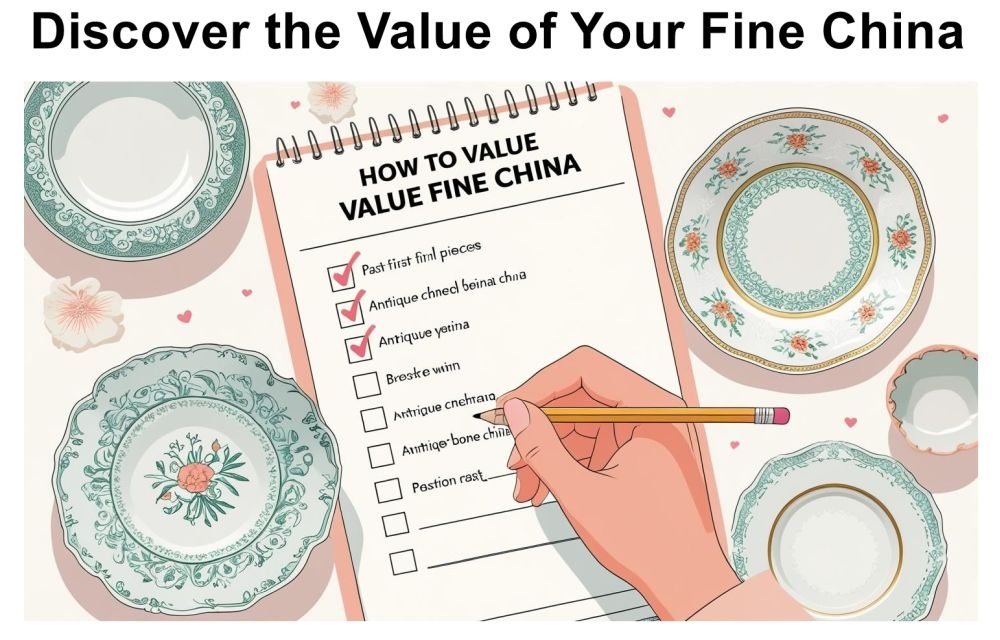
Inherited a china set?... Download my free 7-point checklist to instantly assess its potential value.
From the Studio
• Peter Holland Posters
• Sculpture Studio

